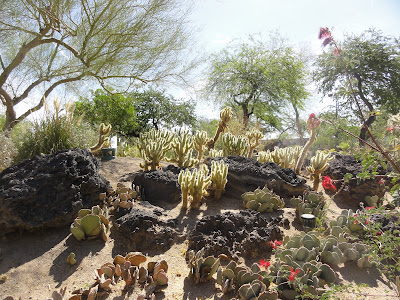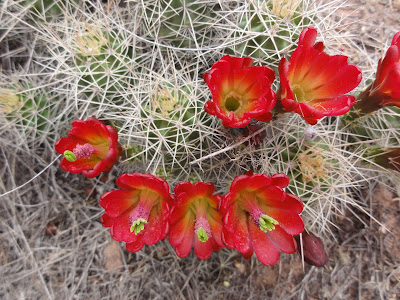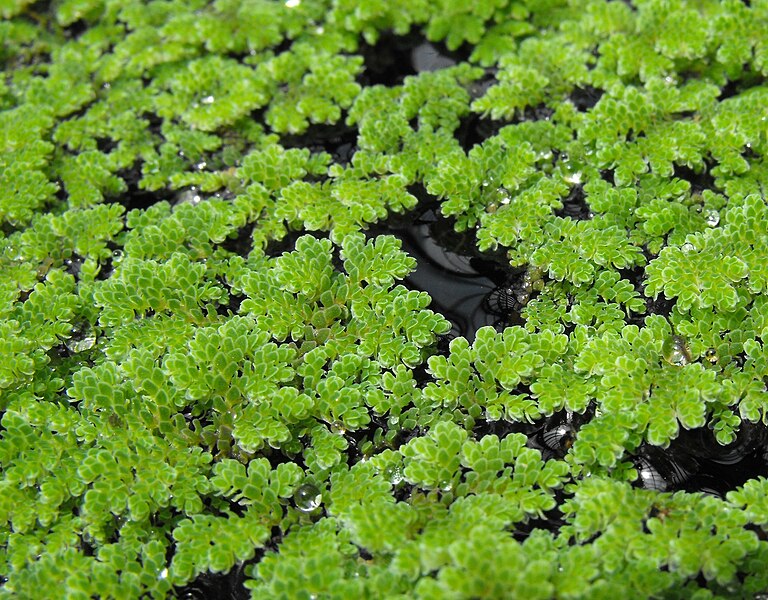The line at the post office stretched "across the floor, through the hall and out the door." I wasn't going to get caught up in that for I knew there was no rush. Christmas only begins on the 25th of December. It continues for 11 more days! A gift or greeting mailed on the 28th when the PO is empty has plenty of time to make it before the holiday is over.
Decking the halls by the end of October is but a recent development meant to capitalize on our benevolent sensibilities. Unfortunately, we are whipped up into such a frenzy that by the time Christmas Day has passed we are about as wore out and depressed as a person can get. Forget that, I say. Let's ease into the Christmas season, and embrace the perpetual mirth.
The concept of the Twelve Days of Christmas is now known mostly because of the popular song extolling extravagant gifts. Even so, there's little understanding.
The long holiday was celebrated in Western Europe before the Middle Ages as part of the Christian church kalendar, also known as the liturgical year, leading up to the Feast of Epiphany. Each day fêted a different saint or saints including St. Stephen (deacon and martyr), St. John the Apostle, the Holy Innocents (children martyred by King Herod the Great), Sts. Basil and Gregory among others. A few notables were added well after the Middle Ages. Obviously, every good feast included gift-giving, so the Christmas season was one of extended merriment.
(I know it seems a bit macabre to make merry about someone martyred for their faith, but when we consider how God sustained them and us in faithfulness, there's a lot to celebrate.)
The Twelve Days of Christmas culminates in Twelfth Night festivities. It's thought that Shakespeare's play, Twelfth Night, was written as entertainment for one of those.
After so much partying, you'd think Christians would be done. But, NO! The next day, The Feast of Epiphany on January 6, marks the revealing of Christ to the Gentiles, as represented by the visitation of the Magi. According to a silly, juvenile ditty, the Three Kings of Orient are stopped to smoke a rubber cigar. It was loaded and exploded. Now they are the tree red stars. Much hilarity ensued.
So, if you wish to savor Christmas days, relax and enjoy knowing that the party doesn't end on December 25th. There is no reason whatsoever to rush. The only disadvantage to waiting until the last minute to present your gift might mean you'd feel compelled to give up to twelve of them.
Here endeth the first lesson.
Return to goGardenNow.com.














































